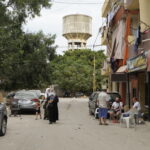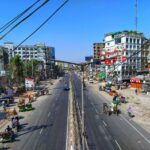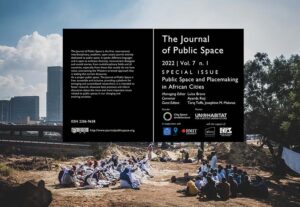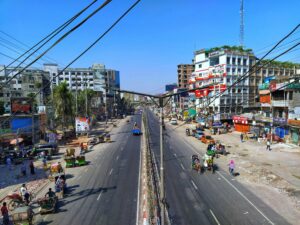Public Life Surveys are critical to our understanding how public spaces function. Through careful and systematic observation we are able to understand if public spaces serve the needs of people. These needs include dimensions of comfort, safety, and ease of mobility for pedestrians. Surveys include counting of pedestrians and cyclists; and inventory of stationary activities and behaviors.
The findings of surveys can inform strategies to change the public realm, as well as help us understand the impacts of changes. Have our changes to the City increased or decreased the number of people walking, and, the ‘walkability’ of the City? Gathering data on pedestrians at regular intervals provides important tests for how a city performs for the people who use it, giving everyone a good idea of where to focus future efforts. For cities that have never counted people, the first pedestrian counts are the most important, because these counts establish a baseline for future comparisons.
By conducting a survey of stationary pedestrians in public areas, we learn when, where, and why people are using public spaces. Understanding this basic information can lead to ideas about how the space can function better to support a lively atmosphere, as well as how to improve the quality of the space.
You can access reports produced or commissioned by the San Francisco Planning Department from this page >>> click on Supporting Info.
Recommended by Luisa Bravo











More Stories
San Francisco Shared Spaces Sustainability Strategy
Gender inequalities in Beirut’s public spaces
Guidelines for Climate-Resilient, Gender-Responsive, and Socially Inclusive Public Open Spaces in Bangladesh